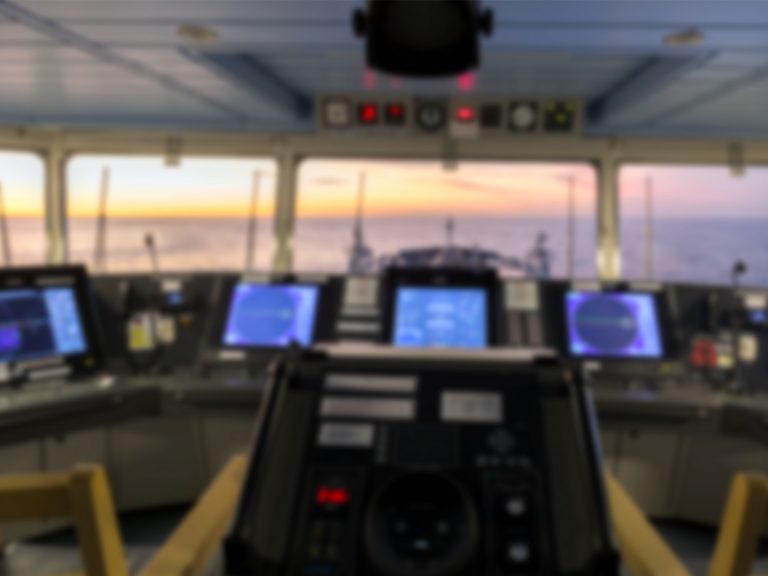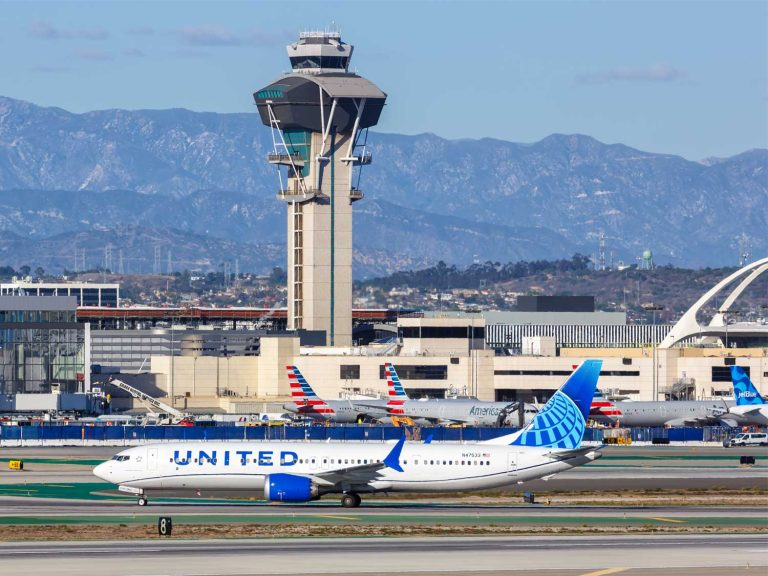New Tariffs and the End of De Minimis
On 2 April 2025, President Donald J. Trump announced sweeping new tariffs, targeting approximately 60 countries, with China singled out for the most severe action. In response to retaliatory tariffs from Beijing, the United States escalated its own duties, ultimately imposing a 125% tariff on all...
Read more Tariff turmoil threatens US importers as China trade takes a hit
After weeks of speculation, US President Donald Trump has sharply escalated tariffs on Chinese goods to 125%, while simultaneously offering a 90-day reprieve to other trading partners.
The baseline tariff of 10% applies to imports from all countries other than China, including the EU. This rat...
Read more US Tariff Developments and Global Trade Reactions
Further to our recent update on the major changes to US tariffs (link), the global trade landscape remains highly fluid, with the situation evolving rapidly.
Last Wednesday, 2nd April, President Donald Trump announced a comprehensive tariff strategy, imposing a universal 10% tariff on all impo...
Read more Major US Tariff Changes
On 2 April , President Trump unveiled sweeping new tariffs that will have global implications for international trade.
These measures mark the most significant restructuring of U.S. tariff policy in decades and they will impact many businesses, irrespective of whether they trade with the Uni...
Read more US Auto Tariffs Threaten European Carmakers
From the 2 April the US will impose a 25% tariff on all imported cars and light trucks. The tariffs, unveiled in a 26 March White House proclamation, are being implemented in phases, with vehicle components including engines and transmissions following on 3 May.
The decision to impose blanket ...
Read more Shipping at Risk from $1.5M Port Charge
To combat China’s dominance in shipbuilding and revive the US maritime sector, a sweeping proposal from the Trump administration to penalise container ships built in China has sent shockwaves through the global shipping industry. The policy would levy up to $1.5 million per port call on Chinese...
Read more Sea Freight Market Review
The global ocean freight market is undergoing a period of transition in 2025, influenced by regulatory changes, shifting trade patterns, and evolving carrier alliances. While demand remains strong in key regions, rate volatility persists due to supply chain disruptions and excess capacity.
The...
Read more Air Freight Market Review
The global air freight market in February and early March reflected moderate year-on-year (YoY) growth, with total worldwide tonnages up 5% in February and 2% higher YoY in early March.
However, market dynamics remain volatile, influenced by shifting trade policies, geopolitical factors, and e...
Read more Key Takeaways from TPM25
The 25th anniversary of the Trans-Pacific Maritime (TPM) Conference in Long Beach, California, reaffirmed its position as the premier global forum for senior supply chain executives carriers, and technology providers shaping the future of global trade.
This year’s event unfolded against a ba...
Read more Ocean freight market report
Global shipping dynamics are shifting, with rates under pressure, 5% growth in global container shipping capacity, and the impact of the US’ new trade policies.
The ocean freight market is navigating a complex landscape, marked by operational and regulatory shifts. The Shanghai Containerised...
Read more Trump’s new tariffs could shake the UK and EU automotive sector
New US tariffs on steel, aluminium, and auto parts threaten production costs, trade relationships and market stability, and for UK and EU carmakers, the implications of these policies could be severe, impacting everything from manufacturing costs to supply chain efficiency and trade competitivene...
Read more The Roller Coaster Ride Continues
The foreign exchange (FX) market has always been highly sensitive to political and economic events, and 2025 has been no exception. Recent data releases on both sides of the Atlantic have fuelled fluctuations in the GBP to USD exchange rate, making for a volatile start to the year.
Over the pa...
Read more 











